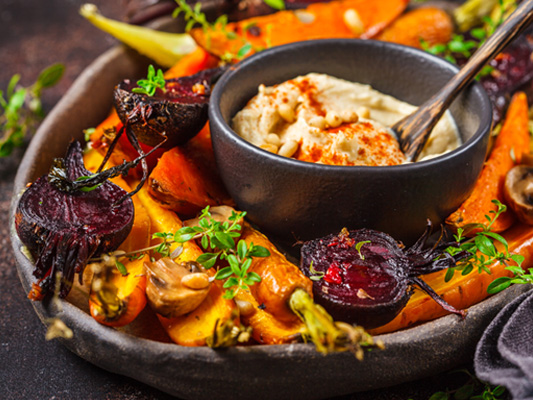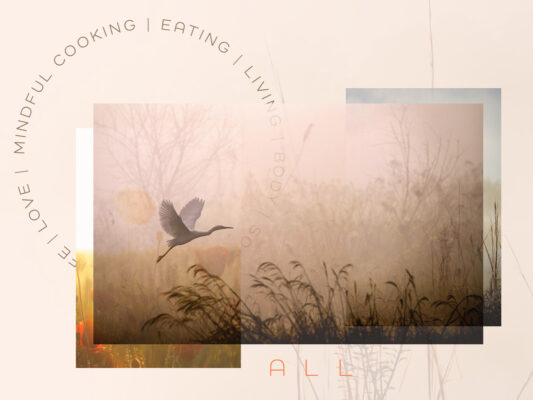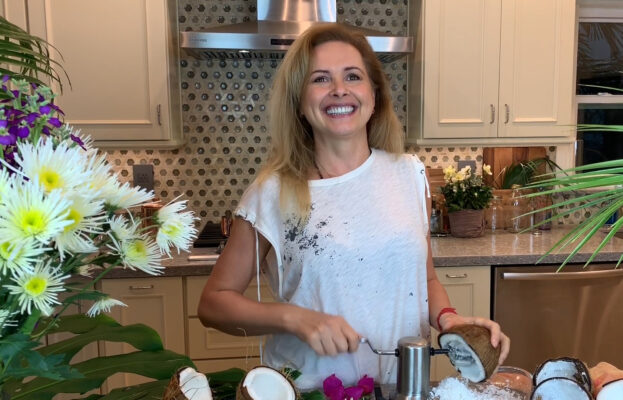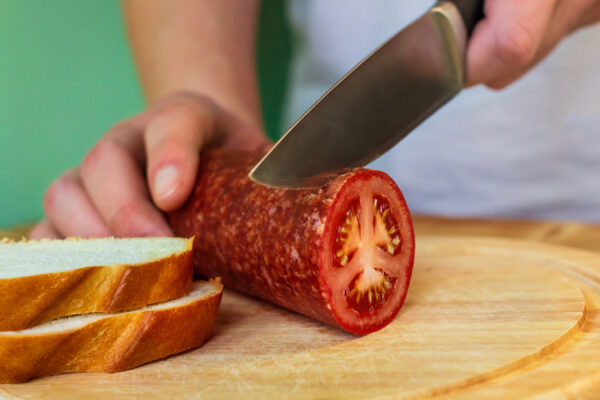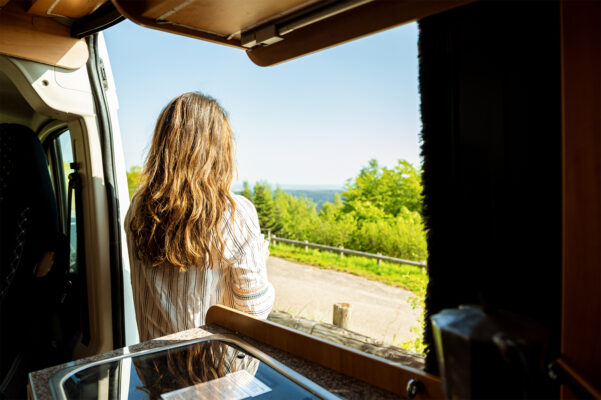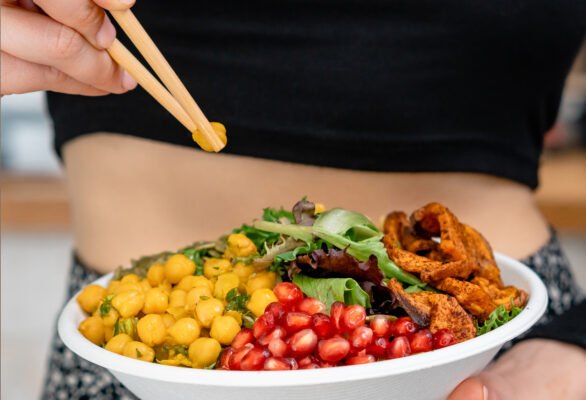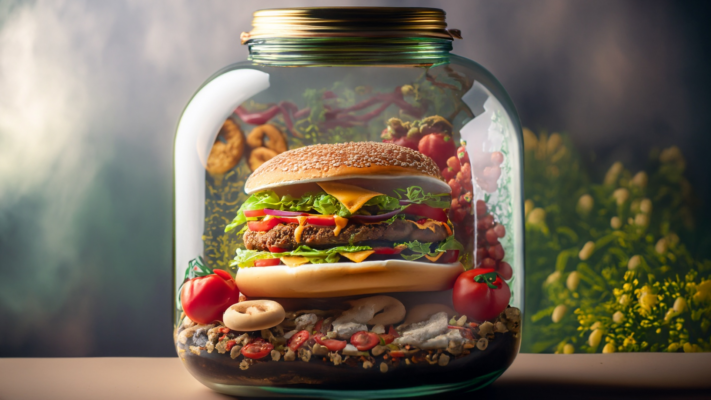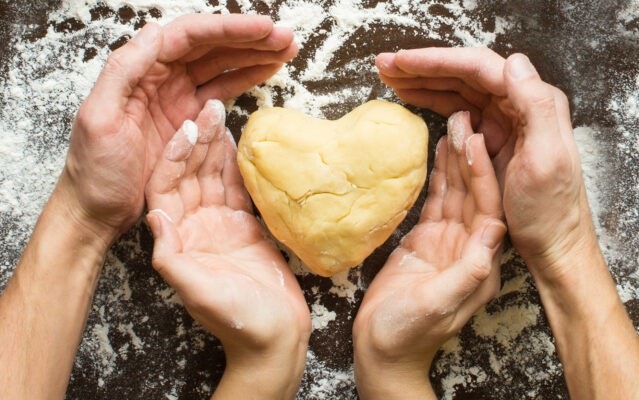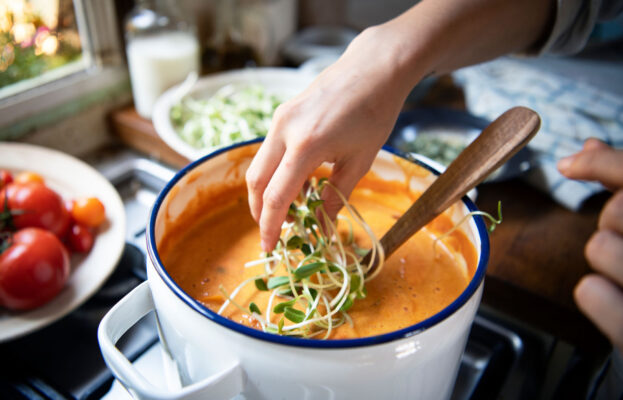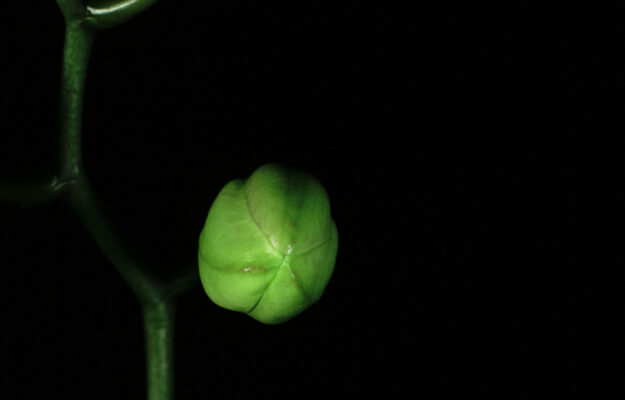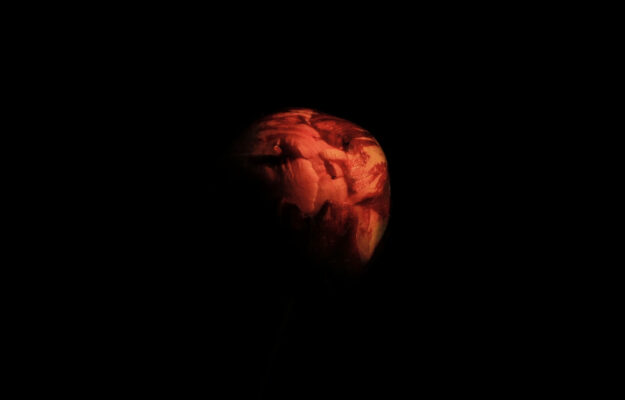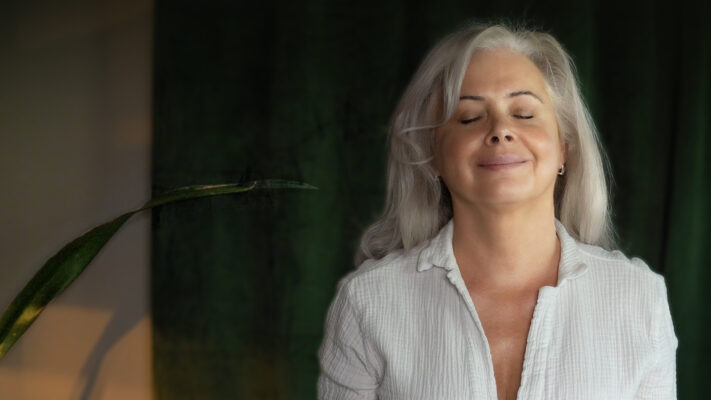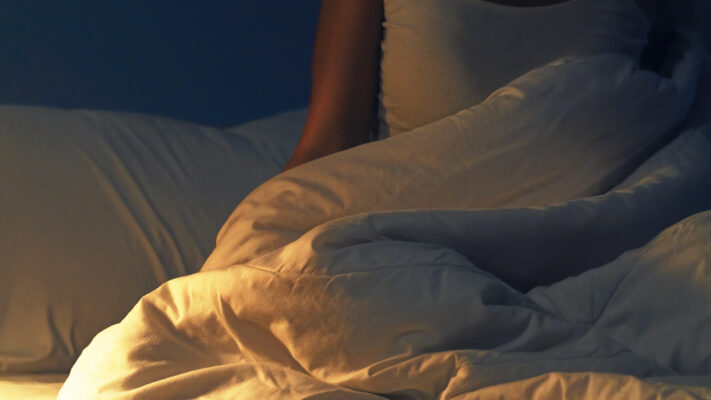Riding The Diet Rollercoaster 🎢
Our relationship with food can sometimes feel like a never-ending rollercoaster ride, especially when it comes to the steep highs and plunging lows of dieting and binging. And if we dig deep, we find these habits aren’t just about our personal experiences, but they’re also a part of our collective human history.
It’s like we’re strapped into this dieting rollercoaster, wrestling every day with the loops and turns of food cravings and rigid eating rules. From the moment we wake up, the ride begins: denying ourselves that satisfying breakfast, then the whole day spirals with the inner conflict of what we ‘should’ or ‘shouldn’t’ eat.
Sometimes, finding a supportive community or making healthier eating choices can seem like we’ve found a smoother track, often leading to weight loss. But, the ride’s far from over. A single misstep, a slice of birthday cake, or a comforting biscuit can send us back up the towering ascent, only to hurtle down again with regained weight.
That’s the rollercoaster of dieting. It’s like having a stern conductor in your head, laying down the law about what to eat and when. One day it’s all about frequent, small meals, then suddenly it’s skipping breakfast and piling up at dinner. One moment it’s cheering for protein and booing fats, then it’s backpedaling and declaring carbs the real villains. An extra apple is fine because we skipped sugar in our tea, but heaven forbid we smear butter on our toast if we’ve missed gym day. And so, the wild ride continues, leaving us caught in the dizzying cycle of dietary do’s and don’ts.

The Crazy Diet Swing
So here’s how the ride often goes. One ‘character’ in your mind clocks in and takes charge of your diet. It starts whispering all these eating rules, laying out the do’s and don’ts like they’re commandments. ‘Stick to five small meals a day’, ‘Scrap breakfast, go big on dinner’, ‘Protein’s your best friend, fat’s the enemy’… wait, no… ‘Fat’s okay, it’s carbs you’ve got to watch out for.’
And it doesn’t stop there. ‘Had your coffee without sugar? Go ahead, have a candy.’ But, ‘Spare your popcorn the butter and salt, pal! Remember you didn’t hit the gym this week and salt’s gonna make you bloat.’
But even the strictest disciplinarians get tired. After a while, you’re just done with this nagging voice. And that’s when a shift happens. A different character steps up, usually sparked by something as small as a cookie or a scoop of ice cream. ‘Ah, what the heck,’ it shrugs. ‘You’ve already strayed off the path, might as well enjoy the scenic route.’ And just like that, you swing from the tight control of rules and restrictions to the sweet freedom of eating whatever you fancy, and lots of it.

The Ups and Downs: Fasting to Feasting
Think of it like being on a teeter-totter, one moment, you’re sitting way up high on the dieting end, and the next you’re down low, in the indulgence pit. This ‘teeter-totter lifestyle’ gets old real quick. It’s a tireless battle between two alter egos, and the never-ending struggle can leave you feeling drained and defeated. No one wants to live like they’re caught in their own internal tug-of-war, right?
Even the wise Buddha understood this struggle, suggesting whether we can’t get enough or can’t get far enough from something, we’re still stuck in the same spot, like a pooch tied to a pole. Doesn’t matter if you’re a devout carnivore or a dedicated vegan; the problem remains the same.
So, how can we loosen this leash? How can we navigate our way through the food maze without getting lost in our desires or repulsions? And most importantly, how can we create a peaceful and positive relationship with food? One of the ways is by understanding our eating habits from a historical viewpoint. This helps us see the bigger picture, which can be key in finding our path to a balanced and mindful approach to food.
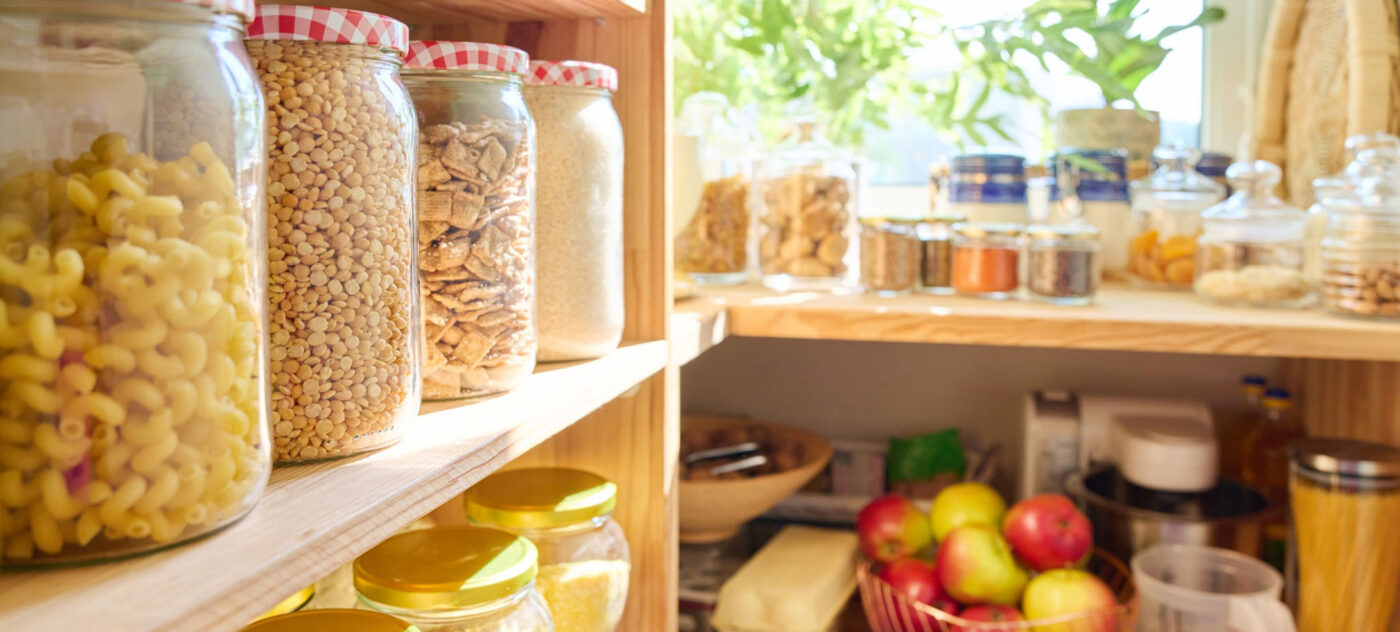
Echoes of Ancestral Hunger and the Modern Fear of Scarcity
Ancestral Hunger is an intrinsic and primal impulse rooted deeply within us. This drive has been inherited over generations from a time when our forebears struggled to find food consistently. Imagine living in an era where the availability of the next meal was uncertain. The need for survival led our ancestors to consume as much as possible whenever food was available. They didn’t have the luxury of being sure when the next meal would come along. This vital survival mechanism, which was crucial for our ancestors, remains active within us today. Despite our contemporary access to food, this ‘ancestral hunger’ continues to influence our relationships and behaviors with food.
Our ancient forebears didn’t exactly have a grocery store down the street. They had to rely on hunting big game – think whales, bison, mammoths, or elephants. And when they managed to bring one down, it was feast time! Everybody got stuck in, gobbling up as much as they could. No fridges back then, you see, and leftovers didn’t last long. So they’d have to consume a lot quickly and then rely on their bodies to store what it could for leaner times. This ingrained ‘eat now or miss out’ instinct still echoes within us, urging us to eat even when we’re not hungry, just in case there’s no food tomorrow. This fear of scarcity is hardwired deep in our primal brains, regardless of whether we’ve ever personally faced a famine or not.
And sadly, this fear isn’t entirely baseless. Despite all our progress in agriculture and technology, famine continues to be a grim reality for many. History is filled with instances of mass starvation, both ancient and modern. In more recent times, famines have claimed the lives of millions in China, North Korea, and Ethiopia. Even today, a child dies of hunger every five seconds somewhere in the world. In the land of plenty that is America, hunger is still a harsh reality for some people. So this instinctual ‘eat while you can’ attitude isn’t entirely misplaced, even in our times.
And then there are those of us who’ve actually experienced food scarcity or outright starvation in our own lives. These personal memories only serve to amplify our ingrained fear, whispering in our ears, “Remember the last time you went hungry? It could happen again. So you better clean out that fridge while you can.”
Fear of Scarcity is intimately linked to “ancestral hunger.” This term encapsulates the dread or anxiety of future food shortages. It’s a primal fear rooted in our ancient past when food scarcity was a constant and real threat. As with ‘ancestral hunger,’ this ‘fear of scarcity’ lingers in our modern psychology. This fear has roots going way back when not having enough to eat was a daily reality. These days, we might have all the food we need, but we can still find ourselves overeating or hoarding food because that old fear hasn’t completely disappeared.
Remember when people were panic buying toilet paper and pasta at the start of the pandemic? That’s ‘fear of scarcity’ in action! And sure, sometimes we eat because we’re genuinely hungry. But often, it’s these old survival instincts kicking in.
Understanding ‘ancestral hunger’ and ‘fear of scarcity’ can really change the way we look at our relationship with food. It’s like we’re carrying a piece of our history with every meal, and knowing that can help us make better choices about what we eat, and why.”

A Taste of Resilience: The Lingering Echoes of Holodomor
When I was a child, my grandmother would serve me steaming bowls of borsch, its vibrant beetroot color swirling under a dollop of thick sour cream. She would watch me carefully, her hands folded tightly in her lap, as if she were watching me take my first steps or say my first words. There was always plenty of bread on the side – crusty, warm, and filling. Even on the most ordinary of days, meals in my family felt like a special event, a celebration of having food on the table.
You see, my grandparents lived through the Holodomor. It was a time of unimaginable hunger, a period of darkness that forever scarred our nation, shaping how generations of Ukrainians view and interact with food.
In my family, food wasn’t just nourishment; it was highly revered and an emblem of resilience and striving. I never knew my grandmother to waste anything. Leftovers were always reinvented into another meal, and food was stored with a reverence that echoed the scarcity she’d known. She’d insist that I finish everything on my plate, her eyes carrying a distant shadow of old fears.
Our pantry was always a monument to abundance. A medley of jars with homemade pickles, jams, and preserves lined the shelves, each one a silent declaration of determination to live and strive. Our freezer held a surplus of meat, just in case. These were the quiet echoes of the Holodomor – the fear of scarcity, the memory of an empty table, of empty bellies, resonating through decades.
As a child, I remember my loving grandma teaching me the importance of respecting bread. In our home, not a single crumb was wasted. She would gently explain that we must cherish every morsel of bread, as it symbolized the very essence of life and the hardships our ancestors had faced.
One of my fondest memories is of standing on my tiptoes by the window with my grandma by my side, her eyes twinkling with warmth and wisdom. We would carefully gather the crumbs left on the table after a meal and spread them on the windowsill for the birds to feast on. As I watched the birds peck at the tiny morsels, I could feel the significance of the act deep in my heart.
Through these simple yet meaningful gestures, my grandma instilled in me a profound appreciation for the value of food as a nourishment and life-giving force. And as to the bread, it was more than just a staple food; it always was a symbol of our shared history and the resilience of the Ukrainian people.
And those echoes didn’t just reverberate in our pantry; they hummed in our hearts too. Every hearty meal, every batch of borscht, was a celebration of life itself. Every bite was a testament to our ancestors’ strength, every shared meal a testament to the resilience of a people who refused to be erased. In the face of such adversity, we learned to appreciate the simple act of eating, the beauty of sharing, the strength in our traditions.
The deep-seated fear of hunger is an ancestral memory that we carry with us. But it’s not a chain that binds us to the past; rather, it’s a reminder of how far we’ve come and the resilience etched into our DNA. It’s a legacy that speaks not only of our survival but of our ability to overcome, to transform fear into appreciation, scarcity into abundance.
An enduring routine in my family, one that might seem peculiar to some, is the habit of always leaving the last piece of food on the table. Be it a cookie, a slice of bread, a piece of meat or a slice of tomato, it lingers there, waiting to be claimed. It’s always offered to the children first, and if they refuse, it’s set aside. Even now, my mother insists on saving it ‘for the kids.’ Despite my assurances that the kids, all grown up now, have plenty to eat, she persists. We laugh about it, but it’s a powerful symbol of the deeply ingrained fear of hunger passed down from my grandparents who lived through the Holodomor.
Even in this simple act, I can feel the echoes of history, the lingering fear of scarcity that permeates our family’s psyche. Writing about it now, a lump forms in my throat, tears well up in my eyes. It’s not just the past I feel for; it’s also for the present, as once again my motherland, Ukraine, is faced with the specter of Russian aggression.
But even as the pit in my stomach grows, I know in my heart that we will endure. It’s a testament to the resilience of the Ukrainian people, a resilience passed down from generation to generation. It’s in our blood, in our DNA, in the last piece of food left on the table, and in the teary laughter that follows my mother’s stubborn refusal to eat it.
Yes, the trauma runs deep. It’s in our everyday habits and in our shared memories. But it’s also in our strength, our will to persist and to protect, to keep our loved ones nourished and safe. It’s a legacy of survival and hope, of holding on to the abundance we’ve created, even in the face of adversity.
So, as I reflect on the echoes of the Holodomor and their effects on my family’s relationship with food, I see not just a history of fear, but a testament to our ability to overcome, to thrive, and to remember. And in every remaining morsel of food on our table, I see a promise for the future – a promise of resilience, of continuity, and of unwavering love.
Holodomor lives in us, not just as a scar but as a story of strength and resilience. It’s a story we tell with every meal we savor, every jar we store, every morsel we don’t waste. And as we tell it, we remember: We are the descendants of those who survived. In the face of hunger and fear, we persist, we overcome, and we feast, we live, we strive.
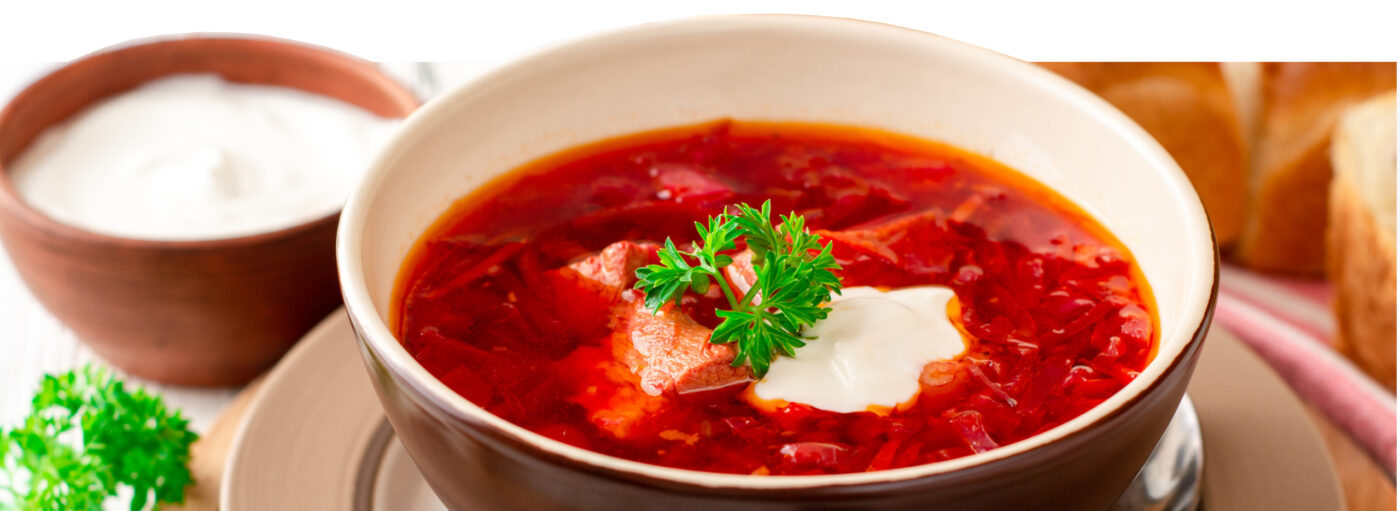
Understanding and Overcoming Our Deep-Seated Fear of Hunger
You know, there’s this ancient fear of starving to death that’s been critical to our survival, it’s almost like it’s etched into our DNA. Add in our own real experiences of not having enough at some points in our lives, and suddenly you’ve got this deep-seated urge to eat that seems to materialize from nowhere. It’s like these primordial fears, subconscious musings, and well-worn habits are pulling the strings, controlling how we eat. And if you’re thinking you can just flex your muscles and force yourself into a rigidly controlled diet, I hate to break it to you, but that doesn’t exactly give you the control either.
So, how do we crack this code? How do we step off this merry-go-round that’s been spinning for years, or even generations? Well, my friend, it all begins with a little bit of mindfulness. You see, these exercises we’re doing, along with our group chats, are like flashlights we’re shining into the dark corners of our minds. They’re helping us spot those stealthy thoughts and automatic behaviors that we didn’t even know we had.
Once these habits are dragged into the spotlight, they start to morph and change. Sure, it might not happen overnight, but you’ll definitely start noticing a difference. These once hidden patterns won’t have the same power over you. Because, let’s face it, when something that’s been lurking in the shadows is suddenly under the bright light of our awareness, it just can’t boss us around anymore.
And that’s the beauty of it. By bringing awareness to these deep-seated fears and behaviors, we’re taking the first step toward better understanding our relationship with food. It’s all about knowing ourselves better, about acknowledging our fears and confronting them, rather than letting them control us. With time and practice, we’ll find ourselves becoming more comfortable with food, and eating will turn into a more conscious, enjoyable act, rather than a reaction driven by fear or habit. It’s a journey, but every step we take is a step towards a healthier and happier relationship with food.

Honoring Ancestors: Turning Ancient Fears into Conscious Nourishment
And ingrained habits, we can start to dismantle them. Bit by bit, we begin to notice our patterns: the urge to stuff our faces when we’re not even hungry, the irresistible temptation of that late-night snack, the instinctive need to clear our plates even when we’re already full. With awareness comes understanding, and with understanding comes the power to change.
How do we apply this awareness to our everyday lives, you might ask? It’s simple: Just take a moment before you eat. Take a deep breath, and ask yourself: “Am I actually hungry, or is it something else?”. Maybe it’s the fear of scarcity that’s making you want to eat right now. Or maybe it’s the feeling of stress or loneliness. Whatever it is, take a moment to listen to your body and truly understand your needs.
You don’t have to beat yourself up over it, or try to push these feelings away. Remember, these fears and habits have been part of our survival for a very, very long time. It’s normal for them to be there. But by acknowledging them, by understanding their roots and their function, we can start to have a healthier relationship with our bodies and our food.
One of the most helpful exercises I’ve found is to imagine my body as an ally rather than an enemy. Instead of constantly trying to fight or control my hunger, I’ve started listening to it. I started asking my body what it needs instead of telling it what I think it should have. By doing this, I found that my body has a wisdom of its own. It knows when it’s truly hungry and what kind of food it needs. It’s like a compass that can guide me through the food jungle if only I take the time to listen to it.
And you know what’s even better? By treating my body as a friend, I found that it started to trust me back. It doesn’t panic and go into survival mode anymore because it knows I’ll take care of it. That constant fear of starvation, the need to stock up on food, slowly started to fade. My body began to relax, and with it, my mind.
So, just keep in mind that it’s not a race. You don’t have to be perfect. You don’t have to get it right all the time. It’s about progress, not perfection. Go easy on yourself, and embrace your exploration with compassion and understanding because you’re not alone in this.
Our ancestors struggled with the same fears and the same impulses. They left us these patterns as a gift of survival. Now, it’s our turn to use them not for survival but for flourishing. To take these ancient fears and transform them into a newfound understanding of our bodies and our needs. To step off the rollercoaster of dieting and binging and step onto the path of mindful eating.
Every step you take, every morsel you eat with awareness, and every time you listen to your body’s wisdom, you’re not only nourishing yourself, but you’re also honoring your ancestors, your history, and your story. You’re continuing on your path, moving forward with courage, resilience, and love. And that, my friend, is a feast worth savoring.

Understanding Your Food Legacy
That’s all from me for now. Take it easy on yourself and listen to your body. And most importantly, enjoy your food! After all, every meal is a celebration, a testament to life’s abundance. Here’s to finding joy in our journey toward mindful eating!
Now, here are some things for you guys to reflect upon:
- What’s been your experience with these deep-seated fears and habits?
- How do you navigate your relationship with food in light of these fears and habits?
- Have you noticed patterns that link back to your ancestors or historical events in your culture?
- Are there specific behaviors or attitudes towards food that have been passed down in your family that you can trace back to a fear of scarcity?
- How are you confronting and dealing with these patterns in your everyday life?
I’d love to hear about your experiences and how they shape your relationship with food. We’re all descendants of survivors, so let’s take that strength and resilience and use it to nourish ourselves and each other.
Be Alive 🌱
Love ❤️, Julia
Mindful Eating 🥢
Mindful Eating Meditation
GUIDED MEDITATIONS 💗
DISCLAIMER: The materials and the information contained on the Positive Pranic website are provided for general and educational purposes only and do not constitute any legal, medical, or other professional advice on any subject matter. None of the information on our videos is a substitute for a diagnosis and treatment by your health professional. Always seek the advice of your physician or other qualified health providers prior to starting any new diet or treatment and with any questions you may have regarding a medical condition. If you have or suspect that you have a medical problem, promptly contact your health care provider.



